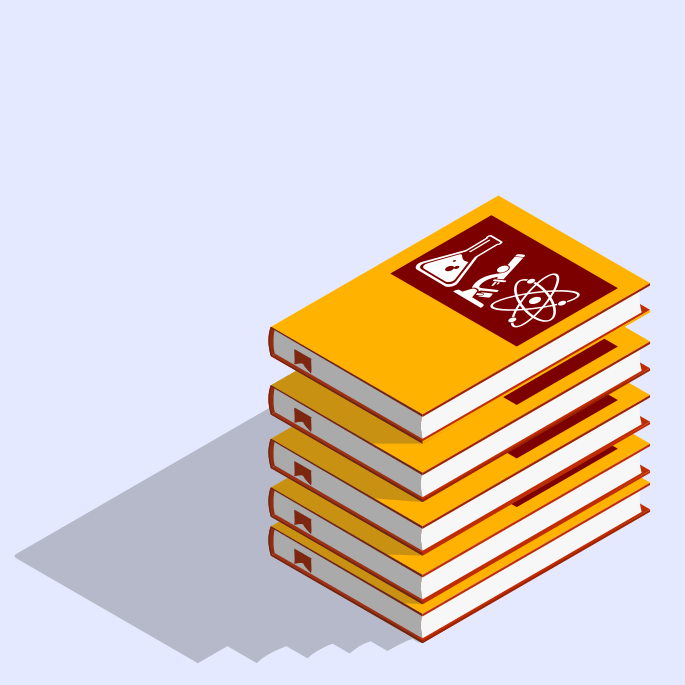Summary of the study: The mechanism of tap water iontophoresis: a functional disturbance of the secretory epithelium
Despite decades of positive results with tap water iontophoresis for the treatment of hyperhidrosis, the exact mechanism is still unclear.
The aim of the study was to review the hitherto common hypothesis of a mechanical closure of the excretory ducts in the sweat glands and propose an alternative theory as to how tap water iontophoresis works.
Histomorphological, functional, and electro-physical examinations were performed to assess the condition of the sweat glands under tap water iontophoresis treatment. The current used came from a device made by HIDREX GmbH.
Results:
The histomorphological examination showed that the sweat glands do not close mechanically nor are there structural changes in the excretory ducts of the sweat glands after iontophoresis. All that was observed was their inactivity.
As part of the functional examination of the sweat glands after tap water iontophoresis had eliminated or reduced sweat levels, they were shown to be refractory to pharmacological stimuli, indicating that the effect takes place through a change in the postsynaptic region.
Skin resistance measurements were performed during the electro-physical examination. The low increase in resistance after tap water iontophoresis in contrast to the comparative study (use of aluminium chloride) also speaks against the closing of the excretory ducts of the sweat glands as a mechanism of action.
From the results of the study it can be concluded that the effect of tap water iontophoresis is not based on a mechanical blocking of the ducts, as had previously been assumed. Rather, it is believed that the TWI disrupts the way stimuli and secretion are coupled in the sweat glands.
(cf. Reinauer, S., Schauf, G. et al.: Wirkungsmechanismus der Leitungswasser-Iontophorese: Funktionelle Störung des sekretorischen Epithels. in: Z. Hautkr. 67 (7), 1992, p. 622-626)



